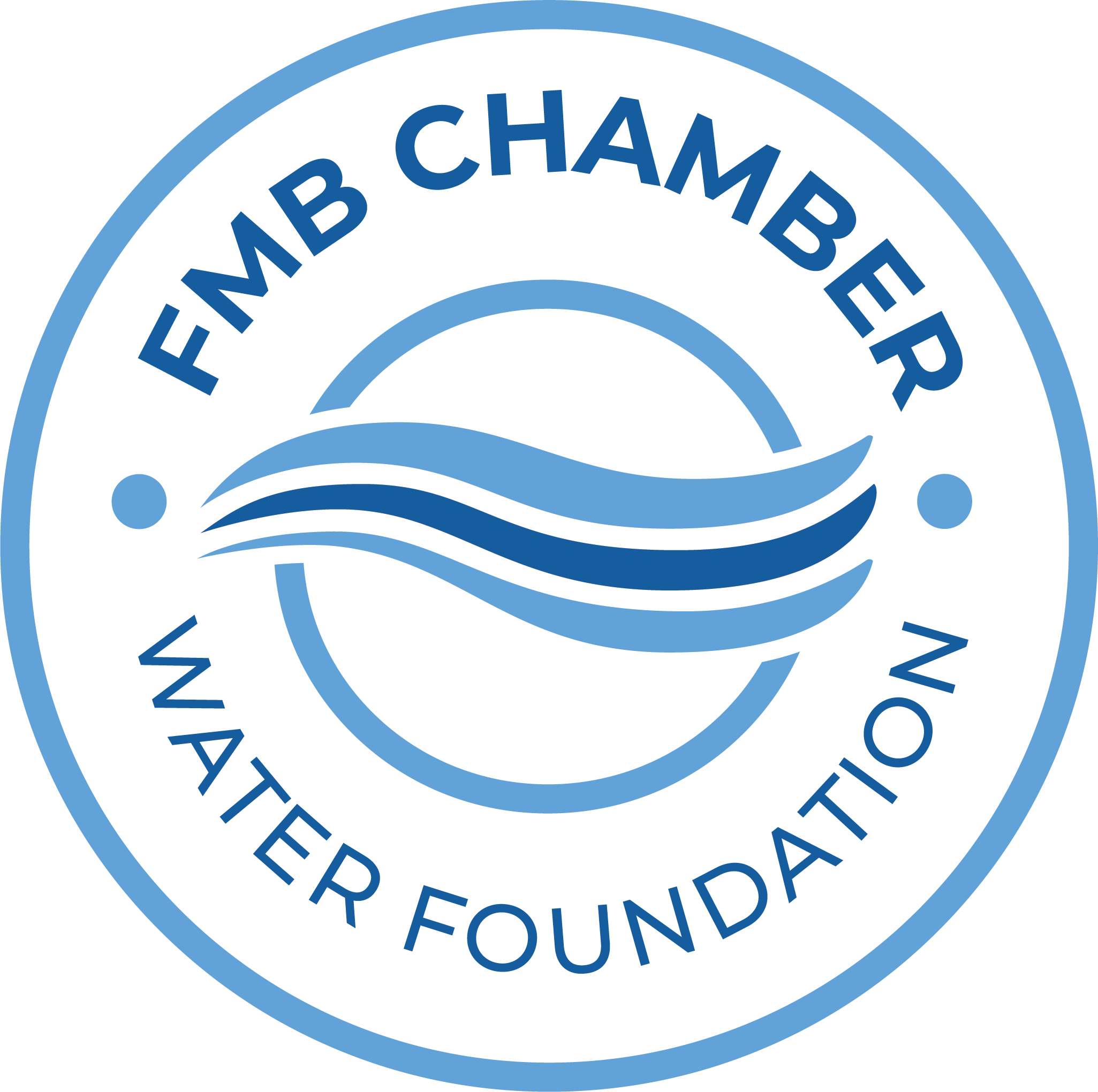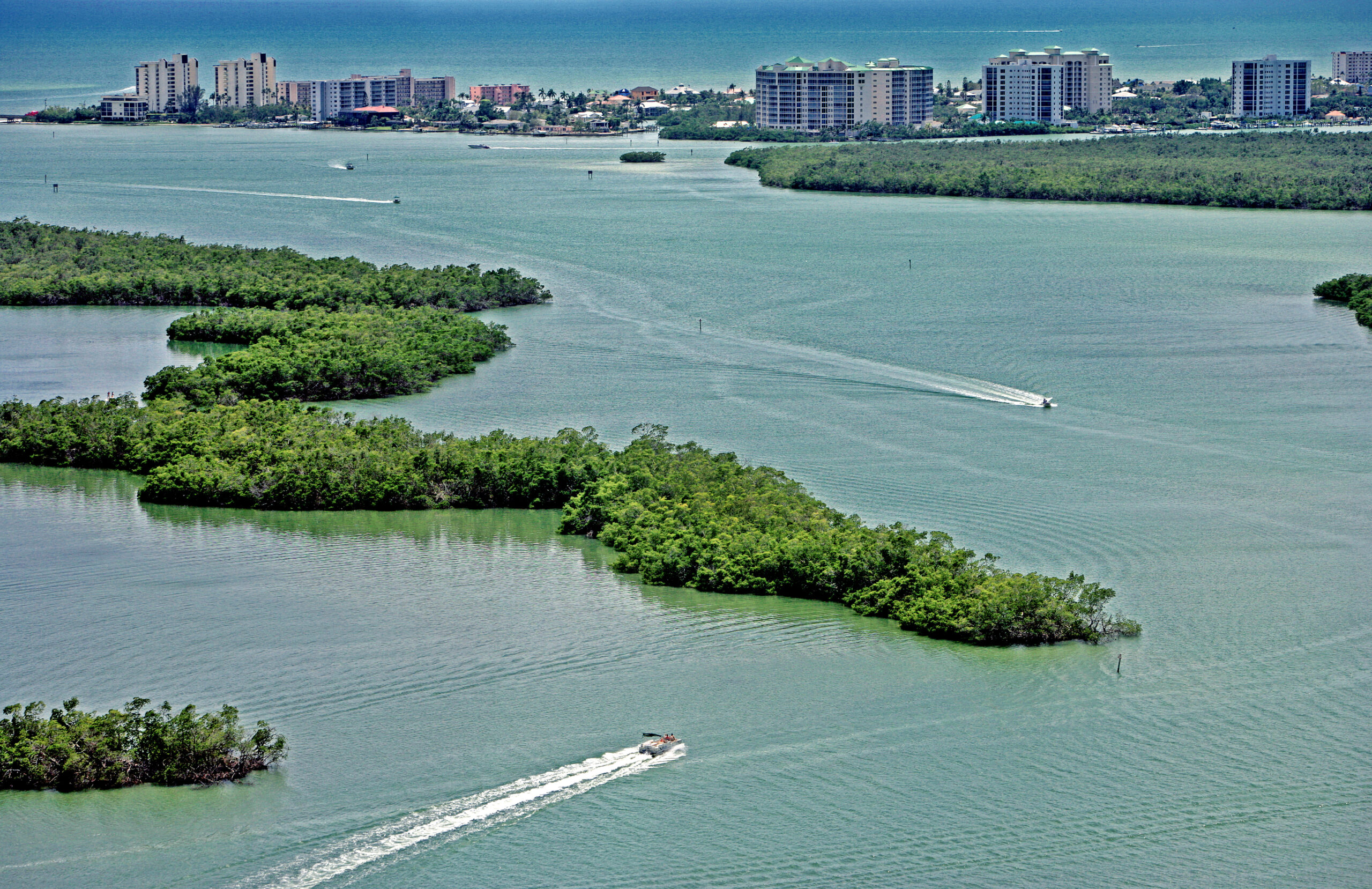
In late September 2022, Hurricane Ian, a catastrophic storm, struck Southwest Florida, wreaking havoc across the region. Estero Island, a narrow seven-mile landform along the Gulf Coast, was among the hardest hit areas. This island lies between San Carlos Island to the north and Big Carlos Pass to the south, encircling Estero Bay, a nationally recognized estuary spanning approximately 15 square miles.
The impact of Hurricane Ian on Estero Bay and Fort Myers Beach was profound and multifaceted. The combination of storm surge, powerful winds, and intense rainfall led to extensive flooding, significant erosion of beaches and dunes, severe damage to structures and infrastructure, and a detrimental effect on local wildlife habitats. These conditions underscored the fragility and importance of this ecosystem.
In response to this natural disaster, concerted recovery and restoration initiatives are now in progress. These efforts are crucial, considering the vital role of clean water in the area. Clean water is not just essential for the health and well-being of the community; it is a cornerstone of the local economy and environment. It serves as a primary source of drinking water, sustains a diverse array of flora and fauna, and is a key driver of the region’s tourism sector.
The restoration of these areas, especially the conservation of water resources, is a challenging and expensive endeavor. The Fort Myers Beach Water Foundation is at the forefront of these efforts, committed to safeguarding the area’s water resources. These resources not only support varied wildlife habitats but also offer recreational activities for both locals and tourists. The foundation’s work is integral to ensuring that the natural beauty and ecological balance of the region are maintained for future generations.

